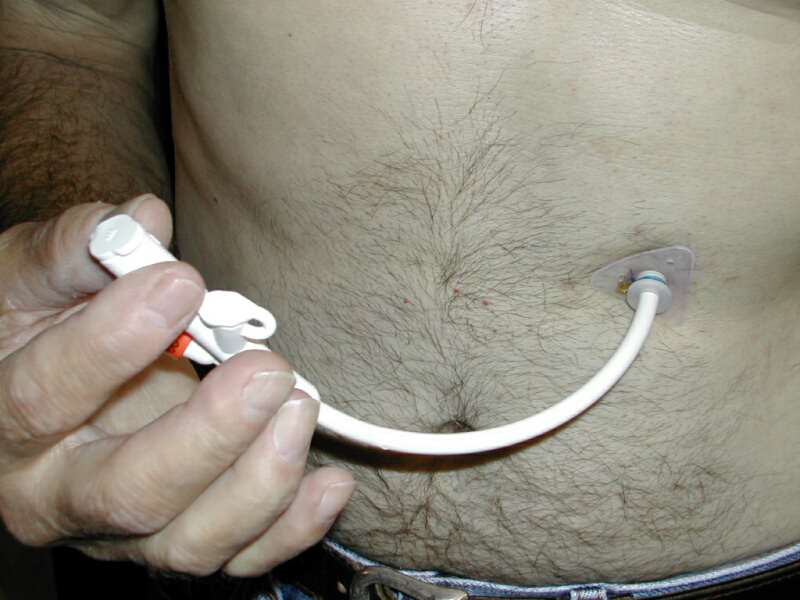Difference between Enteral and Parenteral

Enteral and parenteral feeding are two methods which are used to feed patients/deliver nutrients to patients who can’t seem to digest food on their own, or to those people whose gastrointestinal tracts are not functioning.
Nutrients are delivered to these patients in the form of liquids, however drugs can also be supplied to the patients in this manner. Both of these feeding methods work just as effectively. However, based on the patients situation, doctors end up deciding which method is the most effective for them. Enteral feeding requires you to deliver liquid food directly to the gastrointestinal tract, via the usage of a catheter. However, parenteral feeding requires you to insert nutrients into the blood stream of the patient.
In situations, where you are required to take low risks, most doctors prefer to pursue enteral feeding, as opposed to parenteral feeding.
Enteral feeding can be used when there is, impaired ingestion, inability to intake adequate nutrients orally, bad absorption and metabolism, severe wasting, depressed growth or impaired digestion. Parenteral feeding can take place when there is a gastrointestinal incompetency, a hyper metabolic state, accessibility issues or low enteral tolerance.
Unlike enteral feeding, parenteral feeding is a far more direct method to deliver nutrients, since it sends them straight into the blood.
Since Parenteral feeding involves putting nutrients into the blood, it is more expensive, simply because it is far more harder to perform it successfully, when compared to enteral feeding.
Instructions
-
1
Enteral Feeding
This is a method of feeding, which requires the deliverance of liquid food through a catheter inserted directly into the GI tract of the patient. The tubes can be changed and vary, based on the needs of the patient. For instance, a nasal tube can be used to feed someone via the mouth, while a jejunostomy tube can be used for people whose stomachs can’t digest food normally.
Image Courtesy: ramcampaign.org

-
2
Parenteral Feeding
Parenteral feeding is a method in which nutrients are put directly into the blood stream of the patient. In order to do this, catheters are inserted into the patients jugular vein, subclavian vein, or in one of the arm’s larger blood vessels. This method is used in patients who can’t digest food on their own, however it is also recommended to be used on babies who have not developed properly, or are born with birth defects.
Image Courtesy: blog.dlsii.com








